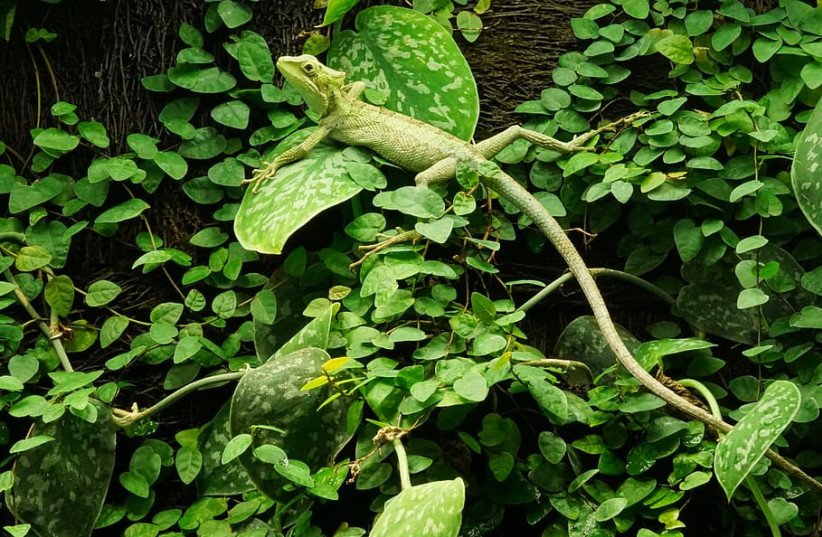At least 900 amphibian and reptile species will become extinct due to climate change in the coming decades, according to a new study published in Nature Communications.
“Our models predict that 359 to 770 amphibian species and 545 to 1,098 reptile species will go extinct under different climate change scenarios over the course of the ongoing century,” a team of international researchers wrote.
Israel’s Tel Aviv University participated in the study alongside researchers from 18 other countries. The study aimed to examine the effectiveness of the world’s nature reserves (Protected Areas or PAs) in preserving amphibians and reptile biodiversity under human-induced climate change scenarios. The researchers found that those animals inhabiting the PAs will be better protected against climate change than those outside, though they are still likely to be harmed.
Preventing species loss
The study was also meant to look at conservation gaps to help scientists develop a road map for better preserving biodiversity.
The researchers collected data from 14,000 species of amphibians and reptiles, accounting for around 70% of known species. They then assessed the effectiveness of the PAs in an era of climate change using species distribution models.

“Our analyses revealed that approximately 91 percent of the amphibian and reptile species we examined are protected, to some degree, in Protected Areas, and that this proportion will remain unchanged under future climate change,” said Prof. Shai Meiri of Tel Aviv University’s School of Zoology, Wise Faculty of Life Sciences and The Steinhardt Museum of Natural History. “Furthermore, species protected in Protected Areas will lose smaller portions of their distribution ranges inside the nature reserve than outside of them. Therefore, the proportion of species within reserves is expected to increase.”
However, the study points out several areas that need more nature reserves, such as the Andes, Brazil, Colombia, India, Jamaica, Mexico, Myanmar, South Africa, Turkey, the United States, Venezuela, West Africa and Yemen. Some 7.8% of species currently occur outside PAs, the research showed.
The researchers “predicted habitat availability according to current (1960–1990) climate data and future scenarios (for the years 2060–2080) at a high spatial resolution (1 km × 1 km) using species distribution models,” Meiri explained. “Then, we evaluated the effectiveness of Protected Areas in conserving amphibians and reptiles by calculating the coverage of their distribution range inside and outside of Protected Areas, as well as the proportion of species for whom a significant portion of their distribution range is protected in PAs under current and future climate conditions.”
While Meiri said the new research had cause for optimism, the models still predict incredibly high loss rates of species and habitats.
“Protected Areas do indeed protect the animals living within them, but nothing is foolproof,” Meiri concluded.
